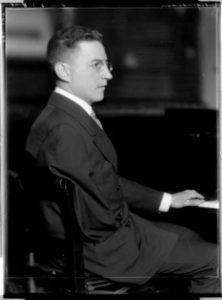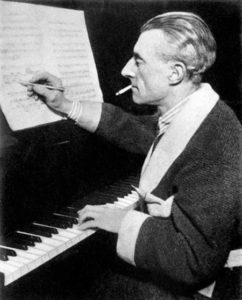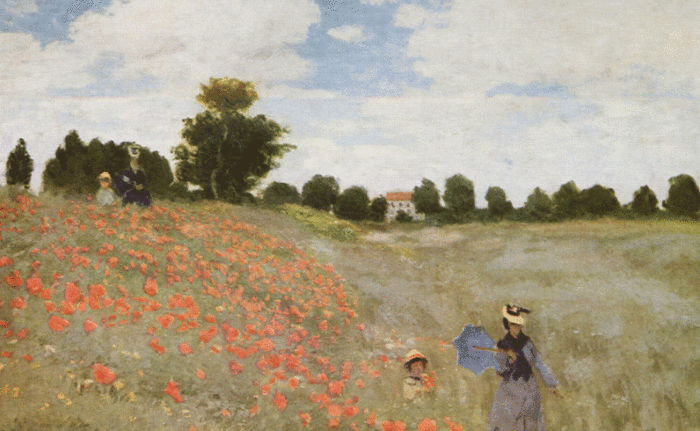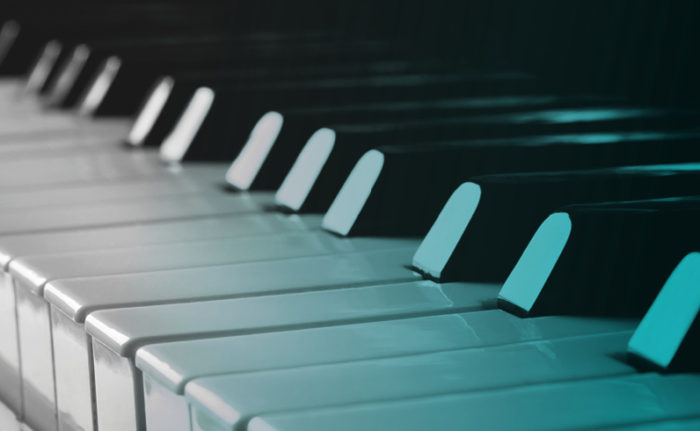Piano virtuoso Yuja Wang plays solo works by Rachmaninoff and Ravel’s extraordinary Concerto for the Left Hand at the Opening Night Concert of the Houston Symphony’s 105th Season on Saturday, September 8 at Jones Hall. In this post, discover this fascinating masterpiece, which miraculously creates the sound of two hands while using only one.

Less than a month after the start of World War I, the 26-year-old pianist Paul Wittgenstein was serving as a junior officer in the Austro-Hungarian army. On August 23, 1914, he was assigned to a reconnaissance mission in Galicia that went terribly wrong; he and his fellow soldiers were discovered by the Russians, and Paul was shot in his right elbow. His comrades managed to get him to a field hospital, but the doctors were forced to amputate most of his right arm. As he regained consciousness, he realized that his career as a pianist would never be the same. The hospital was then captured by Russian soldiers who sent him to a camp for prisoners of war.
Paul would survive the remainder of the conflict, and thanks to his remarkable perseverance he would also go on to have an influential career as a pianist. As a member of one of the wealthiest and most distinguished families in Europe (his younger brother, Ludwig Wittgenstein, would become a famous philosopher), he was able to commission many of the leading composers of the day to write new works for piano that only required the use of the left hand. Richard Strauss, Sergei Prokofiev and Benjamin Britten would all compose pieces for him, but perhaps the greatest work he commissioned is Ravel’s Concerto for the Left Hand.

Ravel met Wittgenstein in March 1929, and completed the concerto by September 1930. At 55, Ravel was at the height of his fame and powers, and he was intrigued by the challenge of composing a piano concerto that used only one hand. “A severe limitation of this sort poses a rather arduous problem for the composer. The attempts at resolving this problem, moreover, are extremely rare,” he explained. “The fear of difficulty, however, is never as keen as the pleasure of contending with it, and, if possible, of overcoming it. That is why I acceded to Wittgenstein’s request to compose a concerto for him. I carried out my task with enthusiasm […]”
Indeed, he did overcome the challenge he set himself; early critics praised the work as miraculous, responding to the rich, full sonorities of two-handed playing that Ravel created with only one hand. The concerto also displays Ravel’s unsurpassed gift for orchestration, favoring dark-hued sonorities thanks to the left-hand’s proximity to the lower range of the keyboard. Perhaps better than any other composer, Ravel knew how to make the orchestra ring and created astonishing effects with unusual combinations of instruments. In this piece, the waves of crescendos and decrescendos are especially masterful. In addition to its sensuous appeal, this concerto is also one of Ravel’s most profoundly moving compositions, a testament to the power of human creativity to overcome even seemingly insurmountable challenges.
The concerto is structured as one movement with two clear parts. The slower first part begins with low, whispering arpeggios in the double basses, which accompany a murky contrabassoon solo:
This dotted, short-long melody is soon interrupted by a jazzy melody in the horns based on three notes of a descending scale. The rest of the piece evolves organically from these two ideas.
Underpinned by the jazzy melody in the trumpets and trombones, the following orchestral crescendo builds to the dramatic entrance of the soloist, who plays a long solo based on the dotted-rhythm melody. The orchestra then responds with its own, grand version of the melody, which swells and fades away. Another piano solo then introduces a new, achingly beautiful melody derived from the jazzy melody. The dotted rhythm melody returns, passed from one orchestral instrument to another as the soloist embellishes the texture with rapid passage work.
A grand orchestral crescendo builds to the beginning of the faster second part of the concerto: a march. Fragmentary ideas appear above the steady tread of the march accompaniment, until the soloist introduces a new, dancing melody above it. After a high, chirping melody in the flutes, piccolo and harp, the dancing melody is ingeniously combined with the jazzy melody from the first part, revealing that they are in fact theme and countertheme. The two themes increase in emotional intensity, but then decrescendo to a return of the chirping melody. The music gets faster, building to a grand return of the dotted-rhythm melody from the first part in the full orchestra. This fades into the last extended solo for the piano, a cadenza, based on the jazzy melody, the lyrical second theme from the first part, and the dotted-rhythm melody. The pianist then returns to the jazzy melody as the orchestra gradually reenters with the dotted-rhythm theme, building to a final series of flourishes that bring the concerto to a dramatic conclusion.
Don’t miss Yuja Wang’s performance of Ravel’s Concerto for the Left Hand at Opening Night of the Houston Symphony’s 105th Season! Get tickets and more information at houstonsymphony.org.



